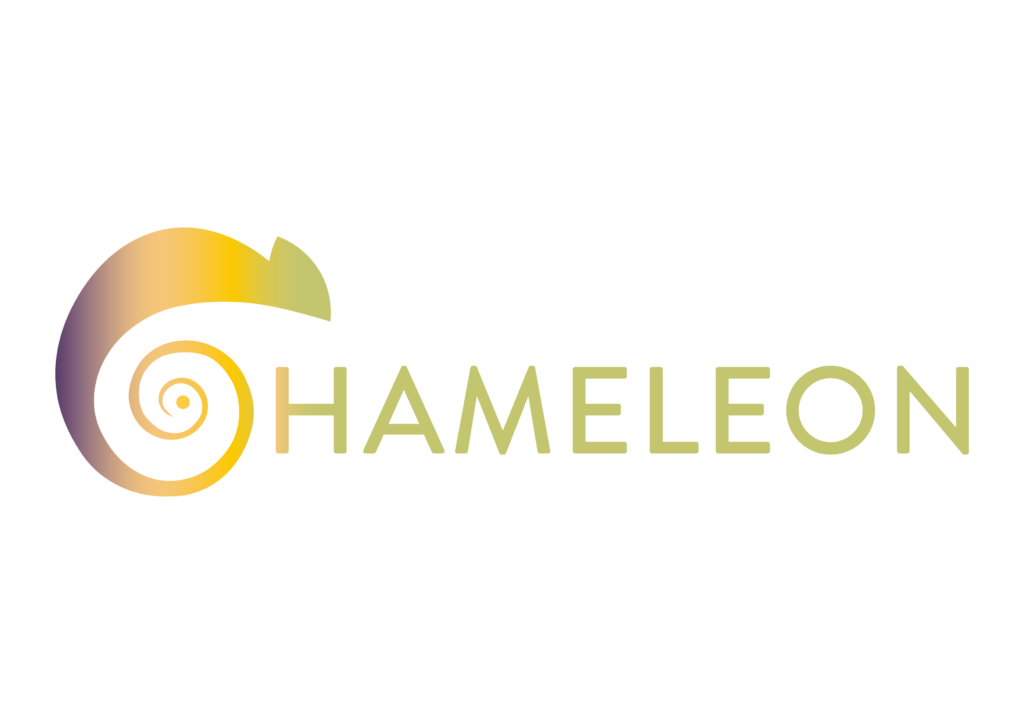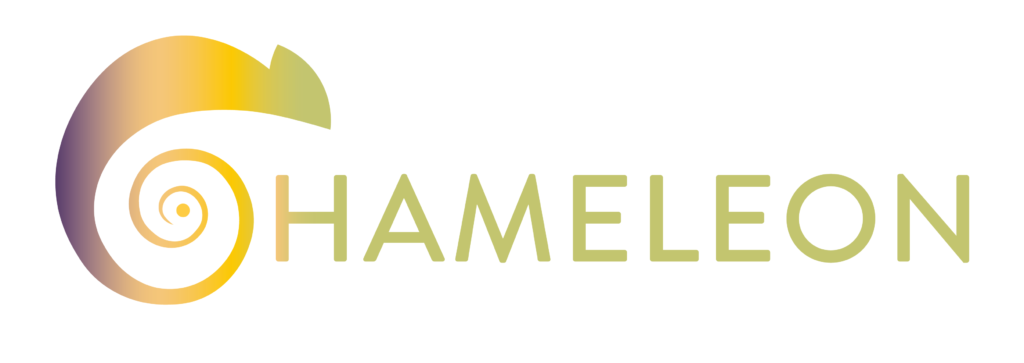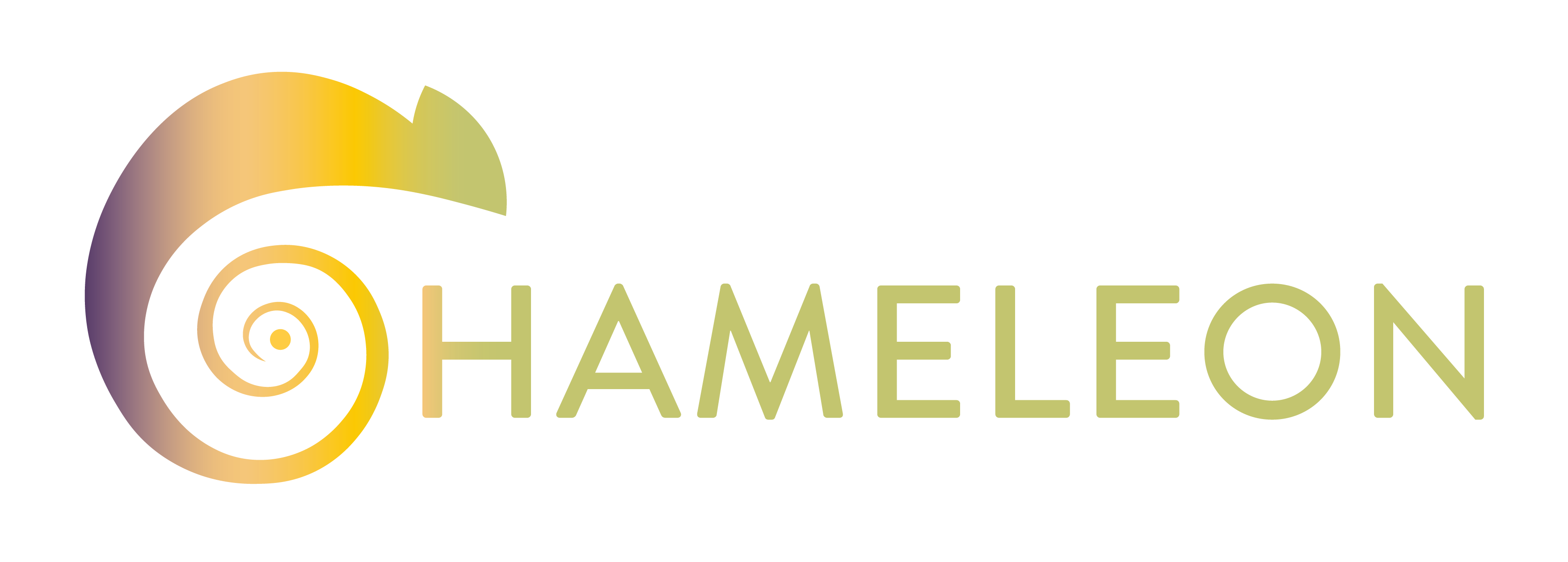Interviews: CAYLA, Sébastien (DELAIR)



Mr. CAYLA, Sébastien
Ground Systems Project Manager at DELAIR

What is your role in CHAMELEON?
In the framework of the work package 3, DELAIR teams have many roles. The first one is to configure DELAIR fixed-wing UAVs to onboard the Chameleons services and bundles in order to guarantee the Remoted Pilot Aircraft system (RPAS) function of CHAMELEON project. The second role is to integrate and support communication protocols that is built for the live communication with CHAMELEON Solutions. Finally, DELAIR brings its strong experience in the agronomy sector to develop intelligent man-machine interfaces (MMIs) in order to promote the use of the CHAMELEON platform to Agriculture economy stakeholders.

How does your expertise contribute to the overarching goals of the CHAMELEON project?
Delair has more than 12 years of experience designing and manufacturing 5 generations of professional, industrialized drones, thousands of which have been sold throughout the world. It provides innovative drone solutions for a variety of industries and service providers in sectors such as agriculture, mining, power supply, smart city, visual pollution… Thanks to its expertise and experience, DELAIR contributes to provide innovative and operational solution that will enable the consortium to design an efficient and sustainable system for CHAMELEON initiative.

What are the main advantages CHAMELEON will bring to European citizens?
The CHAMELEON project will democratize access to drone services, and is fully in line with the European Green Deal, since drones run on electricity. In addition, the use of drones generally enables ground operations to be optimized considerably, to the benefit of all stakeholders.

How do local regulations impact the deployment of drones in European rural areas?
In addition to national and EU Drone regulations linked to the category of Drone (based on its characteristics and risk levels), local restrictions can be imposed by municipalities due to environmental considerations, privacy issues or other specific factor. This is particularly the case in protected wildlife areas or natural reserve to avoid to disrupt the local and possibly fragile ecosystem. In that case, the solution can be provided by the drone itself, notably with the DELAIR fixed-wings DT46, which is much more quiet than a multi-rotor one (you cannot hear it at a distance of 200m) and offers high-performance remote shooting capabilities.
To ensure compliance with local regulations, it is important that drone operators operating for CHAMELEON stay informed about the latest legal developments by inquiring the relevant authorities. In addition, the CHAMELEON innovative platform (DIP) must take these regulations into account in order to anticipate the resources to be deployed and the type of service to be offered to CHAMELEON users in each region.

How does CHAMELEON plan to scale its operations across different European regions with diverse needs?
It’s still difficult to give a precise answer to this question, especially as it concerns the entire consortium. The workshops scheduled for April as part of Work Package 7 (T7.5) should help to answer this question and remove certain uncertainties. On its side, DELAIR proposes several solutions (UX11, DT46, payload with Jestson NX to host CHAMELEON bundles, ..) to adapt the RPAS to the different scenarios and possible constraints.




